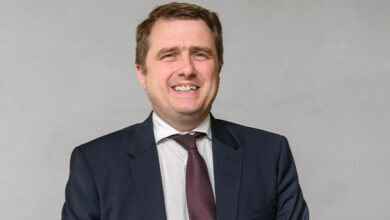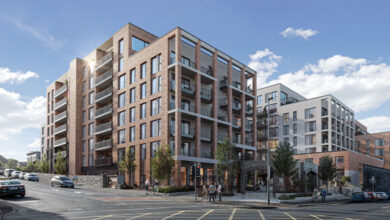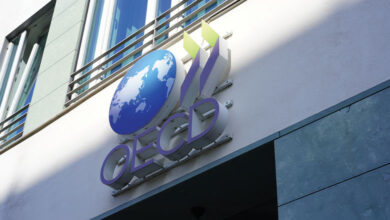Respond: Delivering over 1,400 homes across Ireland

Respond, the Approved Housing Body and community services provider, has a building programme in excess of €1 billion and delivers homes in 15 to 18 months from commencement on site at an average cost of less than €300,000 including site and all other costs, based on the homes in its current building programme.
These homes are newly constructed lifetime homes delivered on fixed price contracts, adding to the national housing stock. Respond currently have 1,484 homes in construction on site and say that they have the potential to significantly increase their delivery based on their additional construction pipeline for commencement between the remainder of 2021 and the first quarter of 2023, which marks the end of the organisation’s current strategic plan.
These are a selection of Respond’s newest developments. All of these homes were supported by the Capital Advance Leasing Facility from the Department of Housing, Local Government and Heritage, private finance from the Housing Finance Agency and in partnership with the local authorities.

69 new homes in Kilbarry, Waterford City, Waterford
The development of 69 homes is a mix of one- and two-bedroom apartments and two- and three-bedroom houses. The site is close to the city centre and a wide range of amenities such as health care, schools, food and retail outlets. These homes are a partnership with Waterford City and County Council under Rebuilding Ireland.
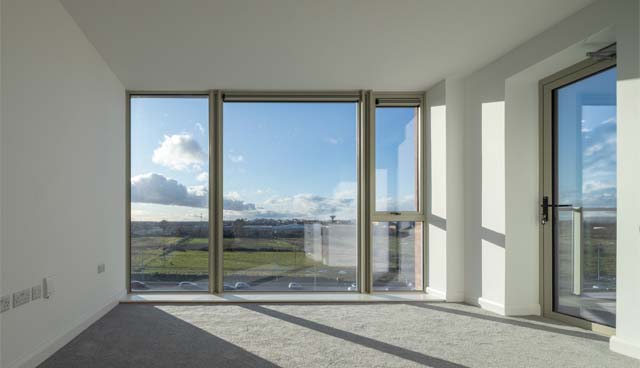
55 new homes in Northwood Avenue, Ballymun Cross, Santry, Dublin
The development of 55 homes is a mix of one-, two- and three-bedroom apartments built for general needs housing. The homes are located at Santry Demesne, near Ballymun town centre, and are a short distance from Dublin city centre. The homes come with parking and two private garden areas. These homes are a partnership with Fingal County Council under Rebuilding Ireland.
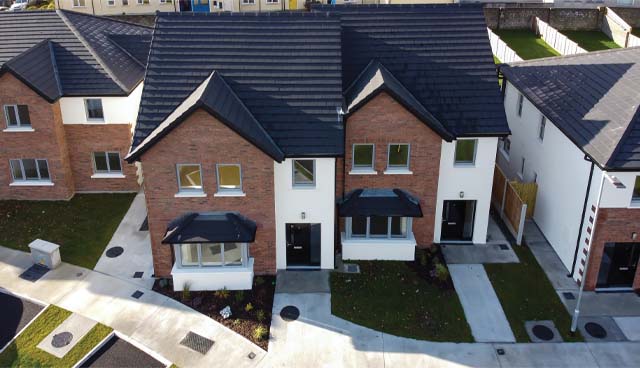
50 new homes in Nuncio Road, Deansground, Kilkenny (phase 1)
The development of 50 homes comprises of one- and two-bedroom apartments and three- and four-bedroom houses. The site is a short distance from Kilkenny city centre, within close proximity to a number of schools, sporting facilities, supermarkets and retail outlets. Phase 1, comprising of 28 homes, was delivered in 2020 and the remainder homes in Phase 2 are scheduled for delivery in Q4 2021. The homes were a partnership with Kilkenny County Council under Rebuilding Ireland.
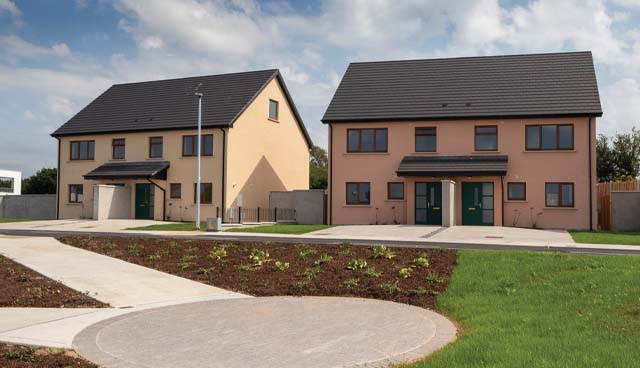
46 new homes and a community building in Duntahane, Fermoy, County Cork
This Respond led development was undertaken through Part VIII planning process, in collaboration with Cork County Council and the Housing Agency. The scheme consists of 46 homes and one community building and is a mix of two-bedroom apartments and two-, three- and four-bedroom houses. It is located South West of Fermoy town centre. The homes provide general needs housing, housing for persons with disabilities and older persons housing.
T: 01 808 7700
E: info@respond.ie
Social: @RespondHousing




